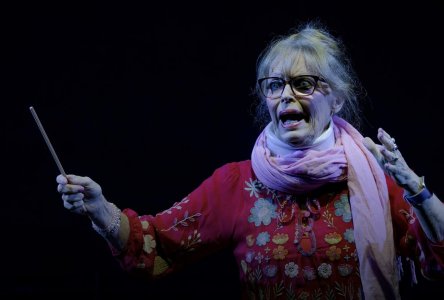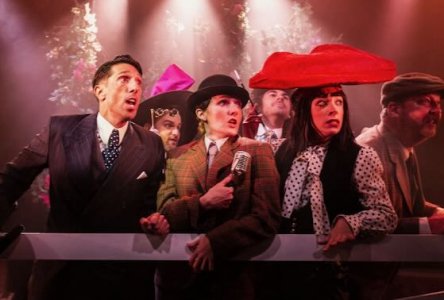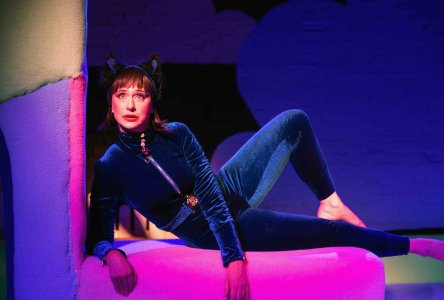
Season at Sarsaparilla
In Patrick White's now 30-year-old Season at Sarsaparilla the characters inhabit a suffocating suburbia that he simultaneously sourly celebrated and wholeheartedly reviled. At the time, White was looking back, without affection, to the neat fences, clipped lawns and endless stickybeakery of Menzies' Australia.
He would be appalled but probably not surprised to see how contemporary his lives lived in endless "variations on monotony" appear to audiences in 2007. The only obvious variation is the size of the glorious homes: if written today the modest brick home would be an obese Macmansion with terrazzo in place of lino and ducted aircon instead of endless sighing over the summer heat. That aside, you could move straight in and not notice the difference.
Happily, director Benedict Andrews has had the nerve to reimagine Sarsaparilla - the suburb named after a tenacious weed - and not be intimidated by the author's famously detailed stage directions. It means that instead of three homes in a row in Mildred Street, the Pogsons, the Knotts and the Boyles ingeniously inhabit one blonde brick and tile bungalow in a manner reminiscent of Alan Ayckbourn's layered and simultaneous habitations.

One disconcerting aspect of this hi-tech staging is that all the actors are body-miked. If the intention is a heightened sense of unreality, then it works. However, sound levels are uneven and fluctuate and crackle with head turning and gestures. The sound quality is at the tinny end of the spectrum anyway and some voices are more suited to it than others. It's distracting, which is unfortunate, as are heads decorated with stickytaped wires and bud microphones - very visible and ungainly in the screened sequences. Intriguingly, the better actors are the least affected by the poor sound while the one or two whose delivery is a little wooden have their fake emotions quite literally amplified into obviousness.
However, it's the desperate vacuity of daily life in Sarsaparilla - sensed but not fully understood by adolescent Joyleen "Pippy" Pogson (Amber McMahon) - that is the terrible, sad and repellently fascinating heart of the play. As the heat of late summer takes its toll on Mildred Street's disparate community, a mob of unseen dogs further upset its fragile equilibrium in energetic and unseemly pursuit of the bitch whose season gives its name to what White subtitled "a charade of suburbia in two acts".
Populating the charade is the Sydney Theatre Company's actors company in yet another fine demonstration of the power of the ensemble. Pamela Rabe invests "the nymphomaniac" Nola Boyle with all the desperate loneliness and innate sweetness that speaks volumes for why such a description was so common in the desolate excuse for a housewife's existence in that era.


Patrick White invested his characters with elements of himself and his wicked humour, loathing of mediocrity, essential compassion and total lack of sentimentality inform all the denizens of Mildred Street with humanity, comic grotesquery and sufficient accuracy to achieve uncomfortable and chuckling recognition in any audience.
Season at Sarsaparilla, like all White's best work for the theatre (The Ham Funeral which preceded it and A Cheery Soul which came directly afterwards) is a bold mix of social realism and unbounded theatrical effect. The play and the actors are well served by Benedict Andrews' inexorable pace which draws in and captures the audience like mozzies in amber while giving the actual prisoners of Mildred Street room to move and breathe life into characters from whom life and air are slowly but surely squeezed.
The production, with a fine team of creatives (set designer Robert Cousins, lighting by Nick Schlieper, costumes - Alice Babidge) and the actors' ensemble, illustrates why the three great White plays should be mainstays of any Australian repertoire and rethought and restaged for each generation.
As we approach the final season of the Howard years the play serves as a reminder of what once was and has since been so lovingly recreated. Utter tedium, small minds, neighbourly nastiness, mean-spirited ambition and heart-numbing isolation have never been so funny, so sad or so shocking as they are in Patrick White's misandric but deadly accurate vision of Australia.
Season at Sarsaparilla, Drama Theatre, Sydney Opera House to March 31; ph: 02 9250 7777 or www.sydneytheatre.com.au



